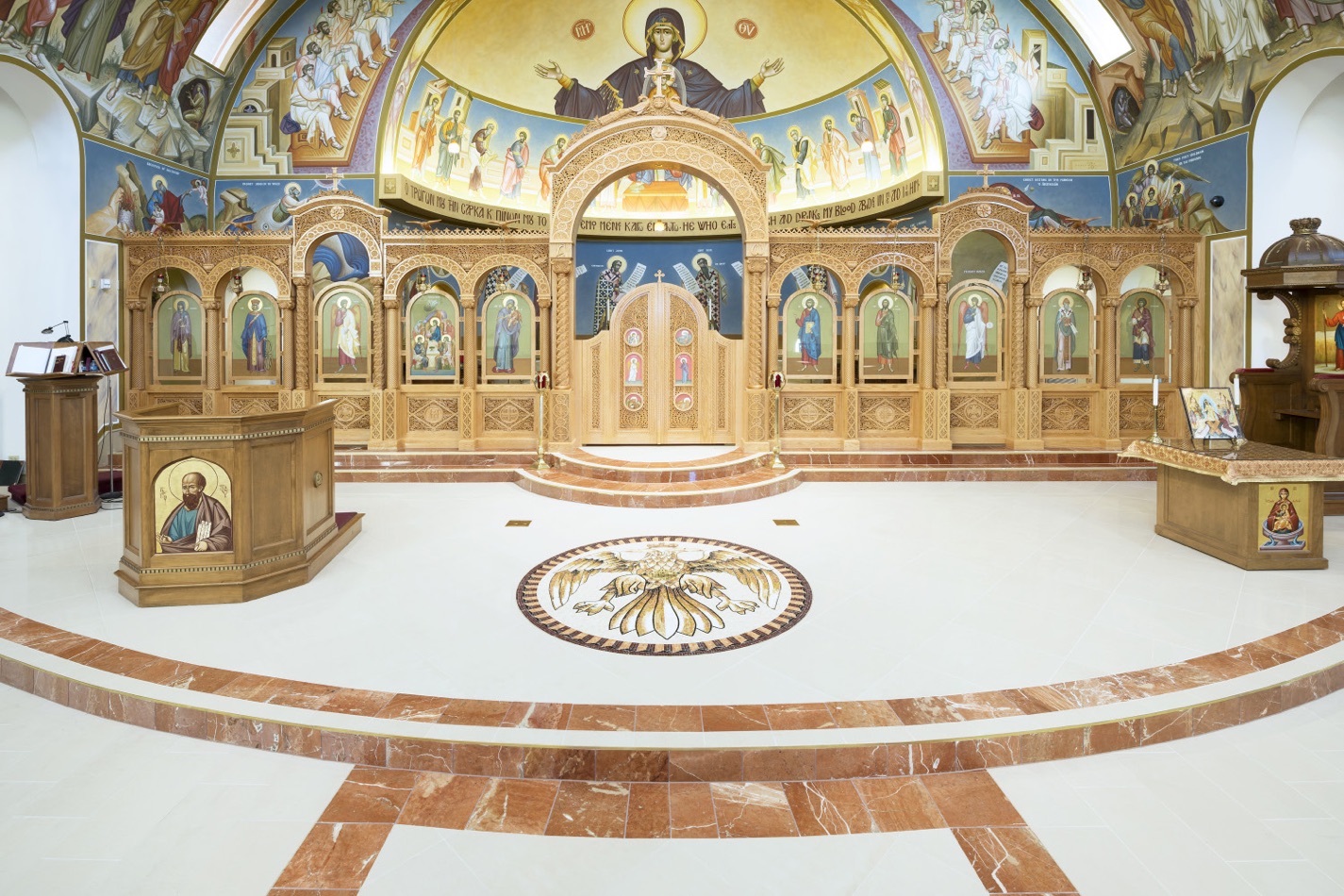
MAPEI products minimize impact of flooring installation in Indiana Greek Orthodox church
Holy Trinity Greek Orthodox Church sits on a 20-acre (8,09-hectare) site in Carmel, Ind. It was the first church to be constructed in the Triad Byzantine style since the Hagia Sophia, which was built more than 1,400 years ago. The church design includes a dome with a diameter of 55 feet (16,8 m) that was built and raised up from the ground, bronze doors weighing 600 pounds (272 kg) each at the grand entrance, and the ability to accommodate more than 600 worshippers.
 Because the expression of creative beauty within the Greek Orthodox Church’s places of worship is a major tenet of the Church, the members of Holy Trinity decided to have the floors and some vertical spaces dressed in tile and stone. CJK Design Group specified large-format 24” x 24” (61 x 61 cm) and 12” x 24” (30 x 61 cm) porcelain tiles from Daltile’s Diamante, San Michele and Continental Slate series for the narthex, nave and sanctuary.
Because the expression of creative beauty within the Greek Orthodox Church’s places of worship is a major tenet of the Church, the members of Holy Trinity decided to have the floors and some vertical spaces dressed in tile and stone. CJK Design Group specified large-format 24” x 24” (61 x 61 cm) and 12” x 24” (30 x 61 cm) porcelain tiles from Daltile’s Diamante, San Michele and Continental Slate series for the narthex, nave and sanctuary.


Innovative technology produced a solution that circumvented tradition and provided a breathtaking foundation to anchor the beauty that lines the walls and ceilings of the narthex, nave, sanctuary and ambulatory at Holy Trinity.
Preparing the subfloor




In addition to porcelain tiles, red “Rojo Alicante” marble tiles were set as borders and for transitions between the white porcelain tiles. The marble tiles were set with Kerapoxy 410 100%-solids epoxy mortar; these tiles were also grouted with Ultracolor Plus FA. The CFS crews hand-cut many of the Rojo Alicante tiles to fit around existing structures in the church and so that they could tile a number of vertical elevations in the floor.


The installers also set Daltile Keystone glass mosaic tiles along the inner walls of the baptistery, and they interspersed Glass Horizons mosaic tiles with Crema Marfil marble pillars on the baptistery’s exterior. After waterproofing the baptistery with Mapelastic AquaDefense membrane, installers used Adesilex P10 glass tile mortar to set the mosaics.


Innovation and determination bolstered the flooring contractor’s efforts to successfully complete the beautification of Holy Trinity Greek Orthodox Church. Because CFS was so proud of its work, it entered the project in the Starnet Design Awards; the company won the Silver Award for the 2017 Unique Installation Challenge.










